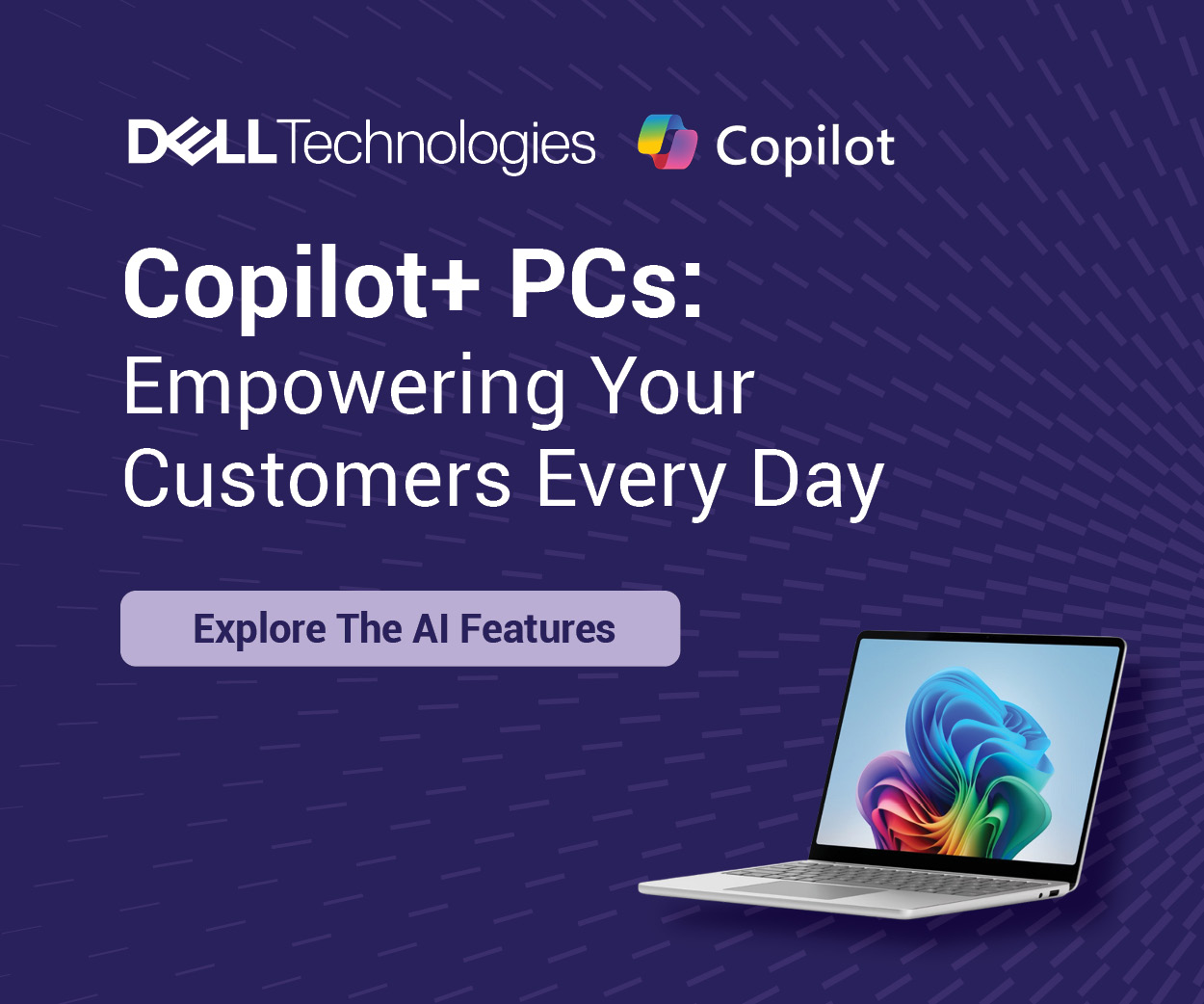Gartner, Inc. today revealed its top strategic predictions for 2024 and beyond. Gartner’s top predictions explore how generative AI (GenAI) has changed executive leaders’ way of thinking on every subject and how to create a more flexible and adaptable organization that is better prepared for the future.
“GenAI presents an opportunity to accomplish things never before possible in the scope of human existence,” said Daryl Plummer, Distinguished VP Analyst at Gartner. “CIOs and executive leaders will embrace the risks of using GenAI so they can reap the unprecedented benefits.
“This is the first full year with GenAI at the heart of every strategic decision, and every other technology-driven innovation has been pushed out of the spotlight,” added Leigh McMullen, Distinguished VP Analyst at Gartner. “GenAI has broken the mold and has kept building more excitement.”
Gartner analysts presented the top 10 strategic predictions during Gartner IT Symposium/Xpo.
By 2027, the productivity value of AI will be recognized as a primary economic indicator of national power.
National governments have a strong commitment to AI and are prioritizing strategies and plans that recognize AI as a key technology in both private and public sectors. Incorporating AI into long-term national planning is being reinforced through the implementation of corresponding acts and regulations to bolster AI initiatives.
“Implementation at a national level will solidify AI as a catalyst for enhancing productivity to boost the digital economy,” said Plummer. “Successful implementation of large-scale AI initiatives necessitates the support and collaboration of diverse stakeholders, showcasing the mobilization and convening ability of national resources.”
By 2027, GenAI tools will be used to explain legacy business applications and create appropriate replacements, reducing modernization costs by 70%.
“The maturity of large language models (LLMs) offers an opportunity for CIOs to find credible and long-awaited mechanism for modernizing legacy business applications in a cost-effective manner,” said Plummer. “CIOs can create dedicated testing units to test the output generated by GenAI LLMs, while establishing change management and upskilling processes to enable the workforce to maximize productivity throughout the modernization cycle.”
By 2028, enterprise spend on battling malinformation will surpass $30 billion, cannibalizing 10% of marketing and cybersecurity budgets to combat a multifront threat.
The most effective malinformation influences humans’ and machines’ decision-making mechanisms and can be extremely hard to detect and shut down. Malinformation presents threats across three disparate functional areas: cybersecurity, marketing and AI.
“The rapid rise of GenAI has put fire under the feet of regulators about including malinformation as one of the risks associated with the increasing power and availability of GenAI to bad actors,” said Plummer. “Enterprises who maintain a close watch on bad actors, regulators and providers of tools and technology that help combat malinformation are likely to gain significant advantage over competitors.”













